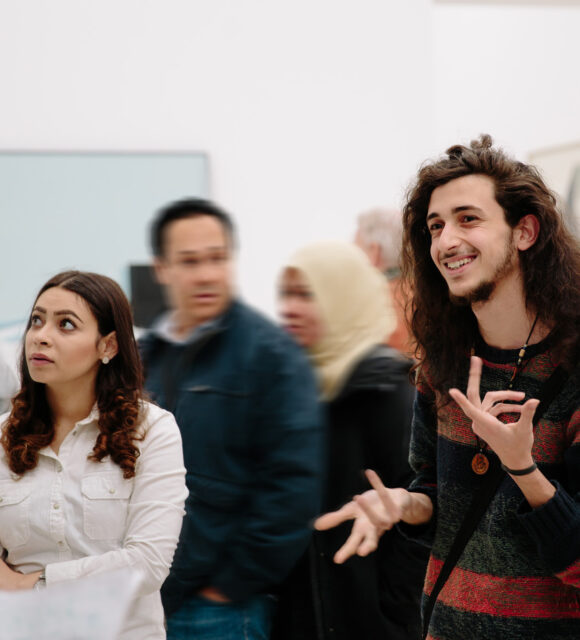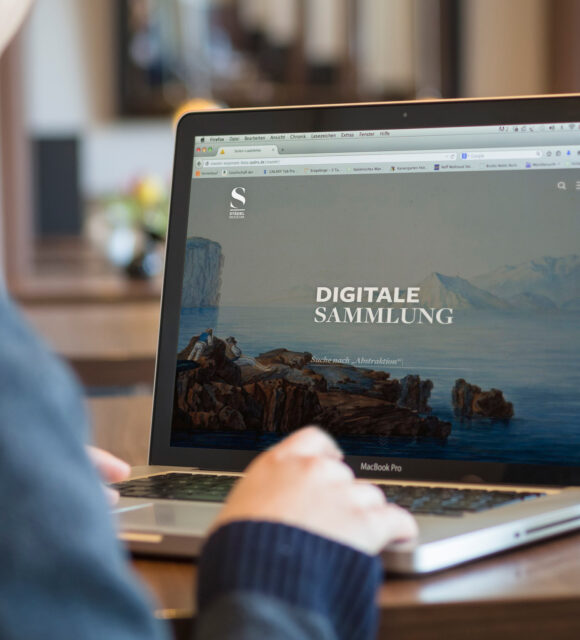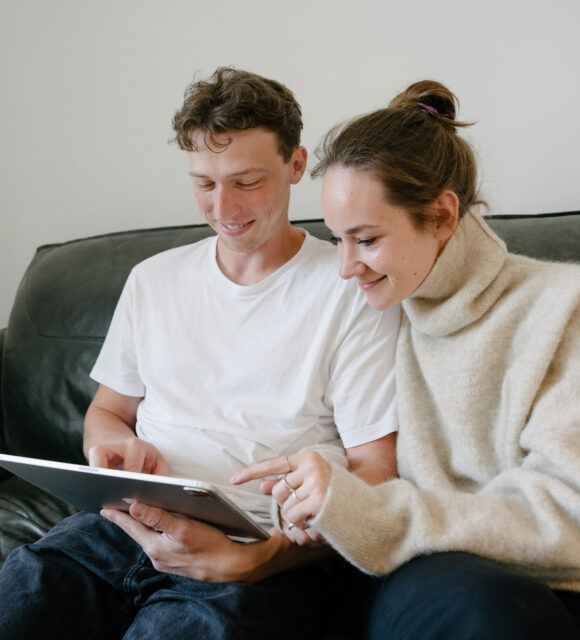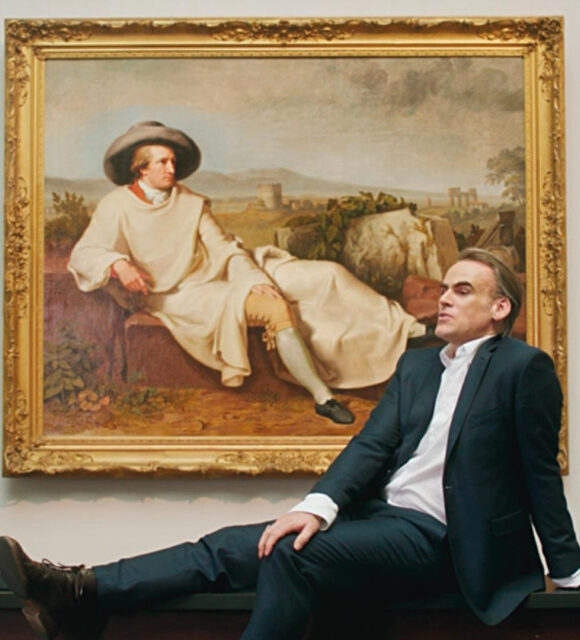Close Up
Diving Deeper into Contemporary Art
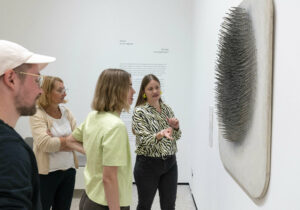
Close Up is exactly that—a closer take on a core theme in the Städel’s collection of contemporary art. Discover the current CLOSE UP “Painting & Space” on site in the museum or expand your knowledge online with the digital application. In the exhibition space, you can enhance your viewing of the original works of art with the help of texts, the digital application, and our guided tours.
Painting & Space
New
What do nails, sponges and wood have to do with painting? Under the title “Painting & Space”, the new CLOSE UP is dedicated to this question and shows how artists have further developed the medium of painting since 1945. Instead of using paint to create a pictorial illusion on canvas or wood, Günther Uecker (b. 1930), Yves Klein (1928–1962) and Louise Nevelson (1899–1988) mounted everyday objects on the picture ground, testing the spatial limits of the material. The three works presented in this CLOSE UP exemplify the field of tension between the physical limits of the material and the conceptual possibilities of painting.
Discover this thematic focus online and on site in the museum.
Self & Portrait
It is not only since the emergence of social networks and platforms such as Instagram or TikTok that self-portrayal has become an important part of social interaction. Who am I, and how do I present myself to others? People have been concerned with their own image since ancient times. Under the title “Self & Portrait”, this CLOSE UP is dedicated to the examination of the perception of the self in art. Four works by Maria Lassnig (1919–2014), Francis Bacon (1909–1992), Jonathan Meese (b. 1970), and Gabriele Stötzer (b. 1953) reveal how artistically diverse the preoccupation with the self can be.
Discover this thematic focus online.
Art & Politics
How do artists process political events from the immediate present? This CLOSE UP focuses on three works by Bettina Semmer, Armin Boehm and Dierk Schmidt from the Städel Museum’s Collection of Contemporary Art. They are representative of the artistic treatment of current events in the field of painting – contemporary history painting, so to speak. Despite their different approaches, the artists have one thing in common in regard to their approach: They change and expand the historical model with the means of painting. They confront the viewer, make the invisible visible, and point out various perspectives. The boundaries between objective reproduction and subjective influence or statement are fluid. Their painting leaves the realm of documentation and develops its own narrative. With the means of art, they—directly or indirectly—actively call upon us to take a stand ourselves.
Discover this thematic focus online.
Honoured with the DigAMus Award 2023.
Painting & Photography
The relationship between photography and painting forms the subject of the first CLOSE UP: By taking Sigmar Polke, Wolfgang Tillmans, and Jörg Sasse as examples, we examine in detail the fertile cross-pollination between these two supposedly competing media. The three works in the room can be viewed under different ‘lenses’, bringing to light hidden threads between art and society, in the past and present.
Discover this thematic focus online.













